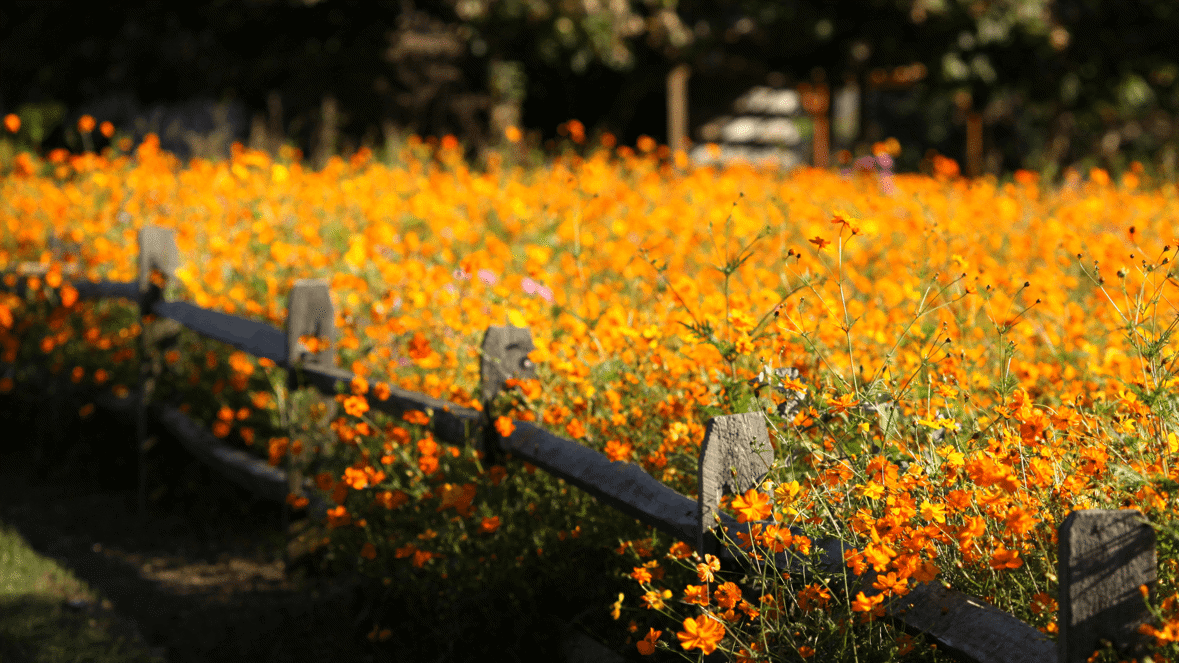In February 2024 the Government brought into force a requirement that developments in England provide a minimum of 10% Biodiversity Net Gain (BNG).
What is Biodiversity Net Gain?
BNG is an approach to development that leaves biodiversity in a measurably better state than before a development took place. BNG was introduced as a result of the significant decline in the UK’s wildlife.
In 2019, the Government announced that it would impose a mandatory minimum biodiversity gain via The Environment Act 2021, which would require developers to ensure that the biodiversity score of a site (calculated using a complex biodiversity metric) after development is at least 10% higher than before.
How can developers achieve BNG?
This requirement can be delivered in three ways:
- By habitat creation, such as wildflower meadows, on the development site
- If providing 10% BNG is not possible wholly on-site, a developer can rely on off-site delivery, either by habitat creation/enhancement on nearby land owned by it, or via units purchased from a local landowner. Where on-site and local off-site units are insufficient, off-site delivery away from the local area will be allowed
- If there remains a shortfall, developers will be able to purchase statutory credits from Natural England. These are intended as a last resort

In order to secure the requirements, a condition will be attached to planning permissions, which will require developers to obtain the local authority’s approval to a detailed biodiversity gain plan before development begins.
As well as the plan, most local authorities will require developers to enter into a legal agreement, known as a Section 106 agreement, to secure delivery of the requirements in the plan over a 30 year period.
Not all types of development will be caught by the new rules; householder applications, small scale self-build and custom house builds, permitted development, and habitats below 25 square metres will all be exempt.
Section 73 applications to vary existing permissions will be caught, but only where the original permission was granted after the 10% BNG requirement came into force.
The requirements apply in England only. In Wales, the Welsh Government has a system in place aimed at improving biodiversity, but does not have a set minimum percentage figure or a mandatory 30 year period.
In terms of timeframes, the 10% BNG requirement was supposed to come into effect in November 2023. However, the Government brought it into force in February 2024.
For small sites (residential schemes of between one and nine dwellings on less than 1 hectare, or less than 0.5 hectares where the number of dwellings is not known, and non-residential schemes with floorspace of less than 1,000 sq m, or sites of less than one hectare) the requirement will kick in in April 2024.
What challenges does Biodiversity Net Gain pose for local authorities?
The new regime is very complex and ambitious.
Implementation is going to be a huge challenge for local authorities, which are already severely under resourced. A number of concerns have been expressed about the ability of the industry to handle the requirements; a Royal Town Planning Institute survey revealed that many members are concerned that they would not have sufficient resources.
There are also concerns that the regime will have unintended consequences, such as putting developers off brownfield sites, as some brownfield sites are home to a variety of species, and expensive remediation (e.g. removing contaminated soil) could have a negative impact on biodiversity, meaning that achieving 10% BNG would require significant expense and be even more costly than for a non-contaminated greenfield site.
What challenges does BNG pose to developers?
The regime is also be a significant challenge for developers, particularly in a world of increasing development and construction costs. The requirement to produce and obtain consent for a detailed biodiversity gain plan, and negotiate complex s106 agreements, will cause delay and addition cost.
There are significant opportunities for landowners, particularly those who intend to habitat bank (i.e. improve habitats off their own back and sell units to developers).
However, achieving that will require a great deal of effort and expense, including engaging ecologists, legally securing the land for 30 years, agreeing a management and monitoring plan with the local authority, registering the land, and pricing the units.
Contact our Biodiversity Net Gain specialists
Whether you have concerns about BNG or other planning, land or environmental legal matters, our team of specialist solicitors can provide comprehensive advice to protect your interests. To contact our solicitors, please complete the enquiry form below and a member of our team will be in touch.
Key Contact

Mark Turner
Planning, Environmental, Energy and Regulatory Partner
Mark advises clients on a wide range of planning matters including applications and appeals, Certificates of Lawfulness, High Court challenges and Judicial Reviews, and enforcement.




